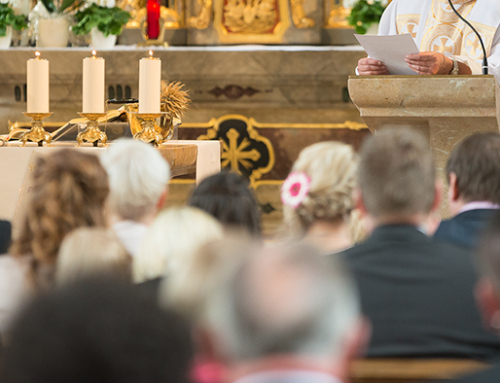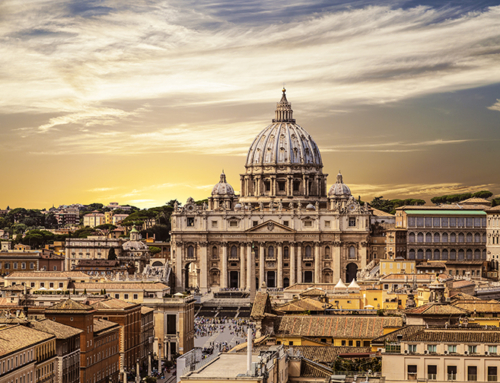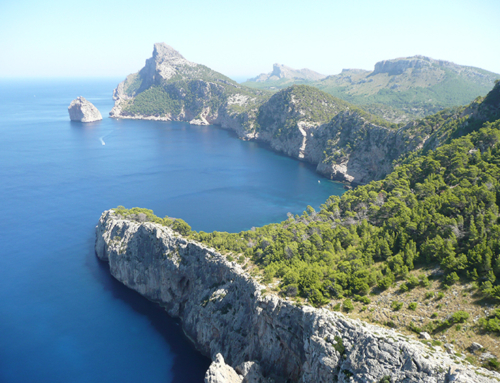Spain and the Cursillo Movement
The Cursillo Movement was born in Spain in the 1940’s, but to understand the movement in depth, one must understand Spanish history and the Spanish mentality, which have shaped Spanish culture. Spain, in the area of religion, made significant contributions to the Roman Catholic Church throughout the ages. A few names which come to mind are St. Ignatius of Loyola, St. Teresa of Avila, St. John of the Cross and St. Peter Claver. These individuals were spiritual giants who influenced and helped to shape the Spain that we know today.
Now in our time from Spain comes the Cursillo Movement. The Cursillo Movement seems peculiarly suited to the post-Vatican Church, which is looking to increase participation of the lay person in the life and work of the Church. It is no accident that movements like the Cursillo, bent on religious reform, began in Spain. This thesis will examine the history of the Cursillo. Its central theme will be its theology. As Ivan J. Rohloff, Origins and Development of Crisillo, points out:
Perhaps more than any other European nation, Spain has a sense of salvation history. She has usually seen her destiny as a call from God to embody the Gospel and to bring it to the whole world. All her institutions share in this destiny. Every aspect of life is permeated with the divine. Like the culture of other countries, Spanish culture, in which the Cursillo Movement was born, has many facets, some of which are not entirely favorable to the Cursillo.
First of all, the movement came into being in the 1940’s when the Catholic Church was recovering, in part, the strong and favored position it enjoyed prior to the Civil War. At the same time, however, the central government controlled the Church. This meant that the Cursillo Movement necessarily had to avoid political and social problems and concentrate on three goals:
- Interpersonal relationships
- The Christianization of the environment, and
- Evangelization.
Thus the Cursillo Movement was born into a war-torn country.
The Spanish Civil War (1936-1939) left its scars: The social context of a war-torn nation was one of poverty and austerity. Illiteracy was rampant because the Church and the state disagreed on where the responsibility for education should lie. Both morale and morality were at a low ebb. Humanism, clericalism, and its antithesis – anticlericalism – were much in evidence. Add to these the Spanish tendencies to provincialism and individualism and the problems multiply.
Why Spain?
The question persists: Why Spain? One has to wonder why this particular movement originated in Spain, rather than, for example, in France or Italy? After all the Church has existed in these two latter countries about as long as it has lasted in Spain, and in a somewhat similar fashion. The five following points explain, at least in part, why the Cursillo began in Spain.
Conservative Spanish Temperament
What immediately comes to mind is the Spanish temperament. It is a religiously conservative temperament that is closely allied to the Catholic Church. Spanish Catholicism produced such outstanding religious figures as Ignatius of Loyola, the founder of the Jesuits, mystics like Teresa of Avila, and John of the Cross. It also produced great missionaries, such as Peter Claver and Junipero Serra, among others.
Powerful Influence of the Church
Politically, the Catholic Church in Spain was a very powerful institution and because of historical reasons, was closely allied to the government. The Cursillo Movement, which was under strict clerical control, was able to develop and survive in this type of atmosphere.
Return to the Origins of Faith with a New Spirit
The Spanish Civil War (1936-1939) engendered apathy and secular humanism, and even the threat of Communism. As a reaction to these factors the Cursillo Movement, like Catholic Action shortly before it, sought to entice the Spanish to shore up the original source of faith: the Catholic Church – but to do so with a new kind of mentality and spirit.
Influence of other Cultures
The Spanish temperament was influenced by yet two other unique factors: Jewish and Moorish cultures. Both of these cultures were theocratic, and consequently religion was closely allied to the state. Since the time of Ferdinand and Isabella, many Spanish, Jewish men and women converted to Catholicism out of expediency. At the time of the Inquisition many of them were questioned about the legitimacy of their Catholic faith. Had they converted only for political reasons, while practicing their Jewish faith secretly? In a similar way, Christian Moors, men and women, were considered disloyal to Spain when they allied themselves to non-Christian Moors. It should be stated that the Inquisition helped to unify Spain as a closed, Catholic society, while non-Catholic people were made outcasts or even expelled.
The Effect of Spain’s Isolation on Spanish Temperament
When the Reformation started, Spanish society as a whole reacted with a great fear of Protestantism. It reached its peak during the reign of King Phillip II (1556-1598). Spain became a defensive bulwark against Protestantism. In the fight against this heresy, King Phillip, in 1559, forbade Spaniards to study in foreign universities. The result was that Spain was isolated from modern European thought until the 18th century. This closed-society mentality contributed much to the Spanish temperament.
Next: The post-Civil War Atmosphere in Spain and the Rise of Franco







